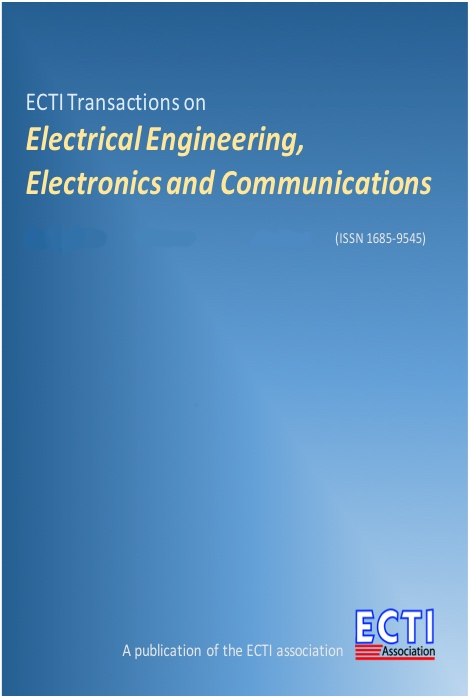Numerical Investigation on the Performance of Suction Head in a Cleaning Process of Hard Disk Drive Factory
Main Article Content
Abstract
The suction head is a component positioned at the vacuum cleaner’s tip and used to control airflow to eliminate small particles, thus preventing contamination from occurring during the cleaning process at a hard disk drive (HDD) manufacturing factory. At the factory, 2 suction head types (bowl and straight) were used in the cleaning process. From actual usage, the operators questioned the operating condition’s performance and suitability. In order to seek an answer to the questions, the researchers used computational fluid dynamics (CFD) to simulate airflow and particle trace using the FLUENT program, the factory’s actual conditions, and a suction distance ranging between 2.5-15 mm. CFD simulation results showed that the bowl type suction head performed better compared to the straight type in every suction range under the exact same operating conditions. Both suction heads performed well at a 5 mm distance between the suction head and cleaning area. Suction performance decreased when the head was positioned closer or farther than the mentioned distance. Apart from applying all results from this research to increase cleaning efficiency in the actual factory, the findings could also be used as basic information for designing new suction head models with higher efficiency than the original model.
Article Details
This journal provides immediate open access to its content on the principle that making research freely available to the public supports a greater global exchange of knowledge.
- Creative Commons Copyright License
The journal allows readers to download and share all published articles as long as they properly cite such articles; however, they cannot change them or use them commercially. This is classified as CC BY-NC-ND for the creative commons license.
- Retention of Copyright and Publishing Rights
The journal allows the authors of the published articles to hold copyrights and publishing rights without restrictions.
References
[2] N. Jai-Ngam and K. Tangchaichit, “Simulation of airflow inside a computer hard disk drive to develop an impinging air jet particle detachment system for cleaning head stack assemblies,” IEEE Trans. on Magn., vol. 54, no. 6, Article 7401808, 2018.
[3] J. Thongsri, “A problem of particulate contamination in an automated assembly machine successfully solved by CFD and simple experiment,” Math. Prob. in Eng., vol. 2017, Article 6859852, p. 9, 2017.
[4] J. Thongsri, “A successful CFD-based solution to a water condensation problem in a hard disk drive factory,” IEEE Access, vol. 5, pp. 10795-10804, 2017.
[5] J. Naosungnoen and J. Thongsri “Simulation of airflow in a cleanroom to solve contamination problem in an HDD production line” International Journal of Mechanical Engineering and Robotics Research, vol. 7, no. 1, pp. 41-45, 2018.
[6] K.N. Kumar, et al. "Design and Optimization of Aerospike nozzle using CFD." IOP Conf. Series: Mater. Sci, Eng., vol. 247, p. 012008, 2017.
[7] M.S. Reza, and K. Arora, “Contour design of aerospike nozzle and comparison of performance,” in Proc. of International Conference on Infocom Technologies and Unmanned Systems (ICTUS), Dubai, UAE, 18-20 December 2017.
[8] M.J. Hyder and M.K. Hayat, “Evaluation of thrust from a multi-nozzle output device with single input,” in Proc. of 15th International Bhurban Conference on Applied Sciences and Technology (IBCAST), Islamabad, Pakistan, 9-13 January 2018.
[9] Y. Xi, et al. “Numerical study on particle suction performance of reverse blowing pickup mouth,” IOP J. Phys.: Conf. Series., vol. 1064, p. 012044, 2018.
[10] M. Kaewbumrung, W. Tangsopa and J. Thongsri, “Investigation of the trailing edge modification effect on compressor blade aerodynamics using SST k-ω turbulence model,” Aerosp, vol. 6, p. 48, 2019.
[11] S. Santati, J. Thongsri and P. Sartima, “Modified small-volume jet nebulizer based on CFD simulation and its clinical outcomes in small asthmatic children,” J. Healthc. Eng., vol. 2019, Article ID 2524583, 2019.
[12] Discrete Phase, Fluent Theory Guide, 17.1, Chapter 16, 2016.
[13] A. Khaokom and J. Thongsri, “Feasibility study for installing machine in production line to avoid particle contamination based on CFD simulation,” IOP Conf. Series: Mater. Sci, Eng., vol. 241, p. 012011, 2017.
[14] A. Mcdonagh and M.A. Byrne, “The influence of human physical activity and contaminated clothing type on particle resuspension,” J. Environ. Radioactiv., vol. 127, pp. 119-126, 2014.


